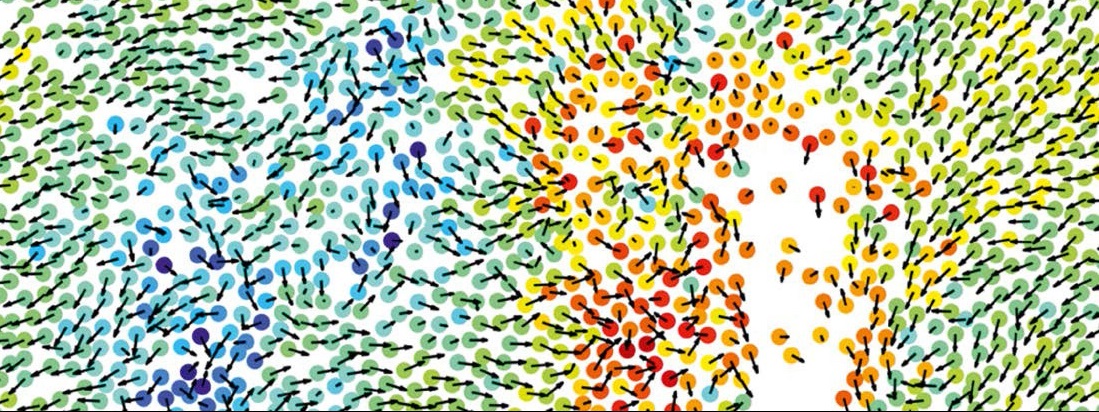Condensed Matter Physics
Our Condensed Matter Physics groups study emergent phenomena in complex systems with sizes ranging from the atomic to the macroscopic.
Condensed Matter Physics addresses cooperative phenomena involving large numbers of interacting particles, and our experimentalists work closely with theoreticiansLink opens in a new window working in the same areas.. As well as studying the properties of ordered (crystalline) and disordered (amorphous) solids, our work extends its scope to liquids, surfaces, clusters, and biological materials and organisms. Read more about our research areas, facilities, academic staff and opportunities to study and work with us.
News & Events
Condensed Matter Physics SeminarsLink opens in a new window.
Funded PhD studentshipsLink opens in a new window are available to study in the group.
Our research activities are multidisciplinary in character. Strong collaborations between Groups are complemented by links to other physicists, chemists, mathematicians, engineers, and biologists here at Warwick and throughout the world.
Click the tabs below to read more about our research areas.
Biophysics & Soft Matter
Our research includes experimental and theoretical work in biophysics, medical physics and soft matter, studying everything from cells up to in vivo studies of people.
Fluid Dynamics
We study the motion of suspensions of swimming cells like bacteria or spermatozoa through micro-structured surfaces and external flows.
Medical Imaging
We develop robust measurement protocols using THz or X-ray radiation, and test them at University Hospital Coventry and Warwickshire, cross-checking with other methods.
DuffyLink opens in a new window; MacPhersonLink opens in a new window.
Magnetic Resonance
We use solid-state NMR to investigate the extracellular matrix, in cell cultures and human tissues, to learn more about mechanical and chemical signaling processes.















